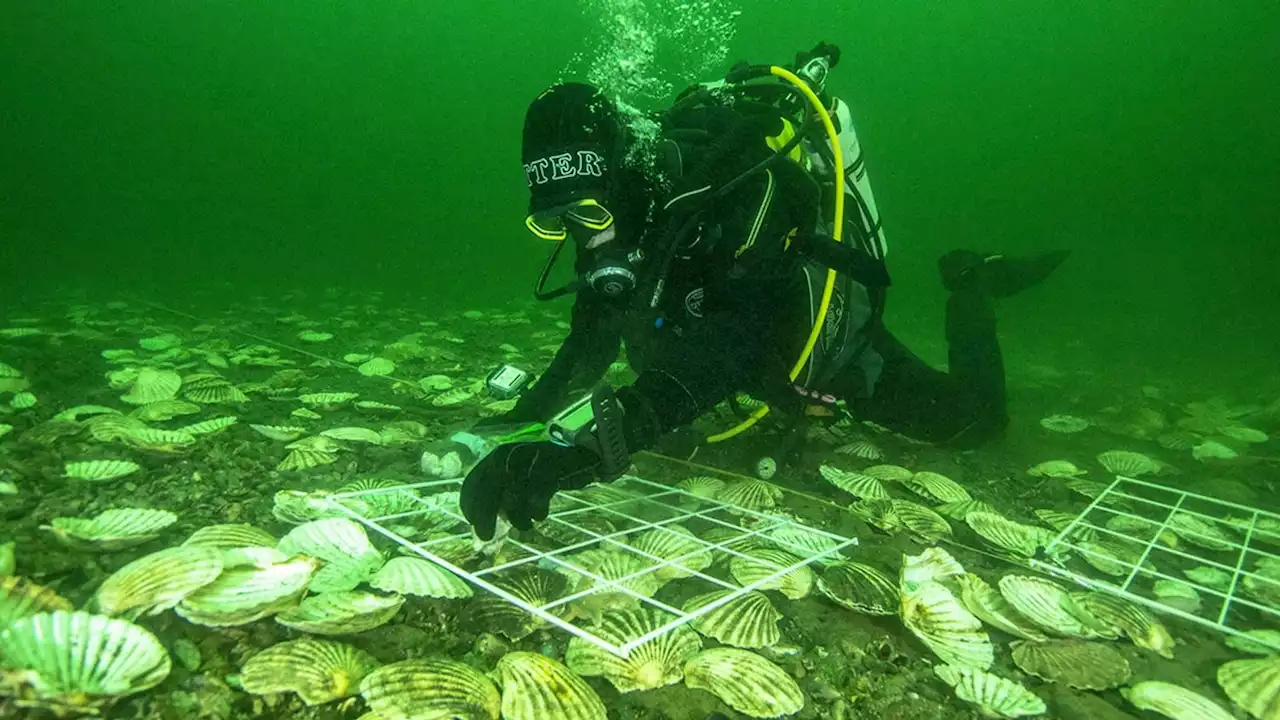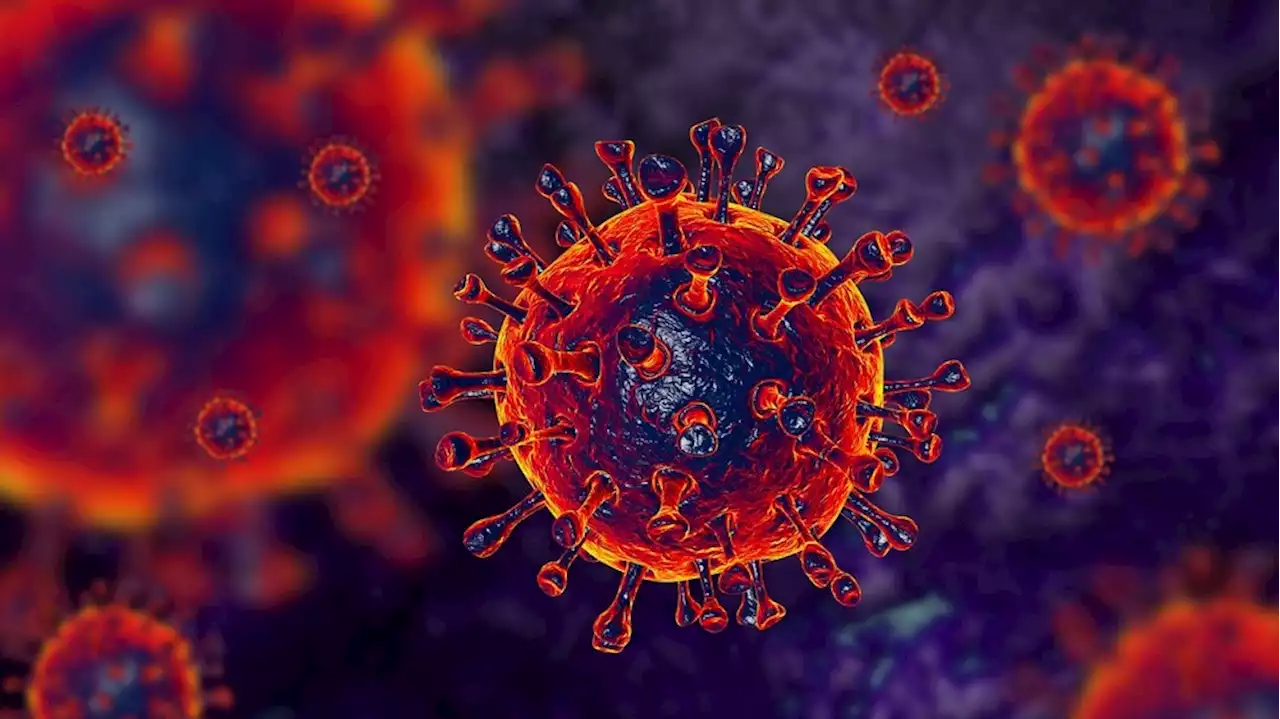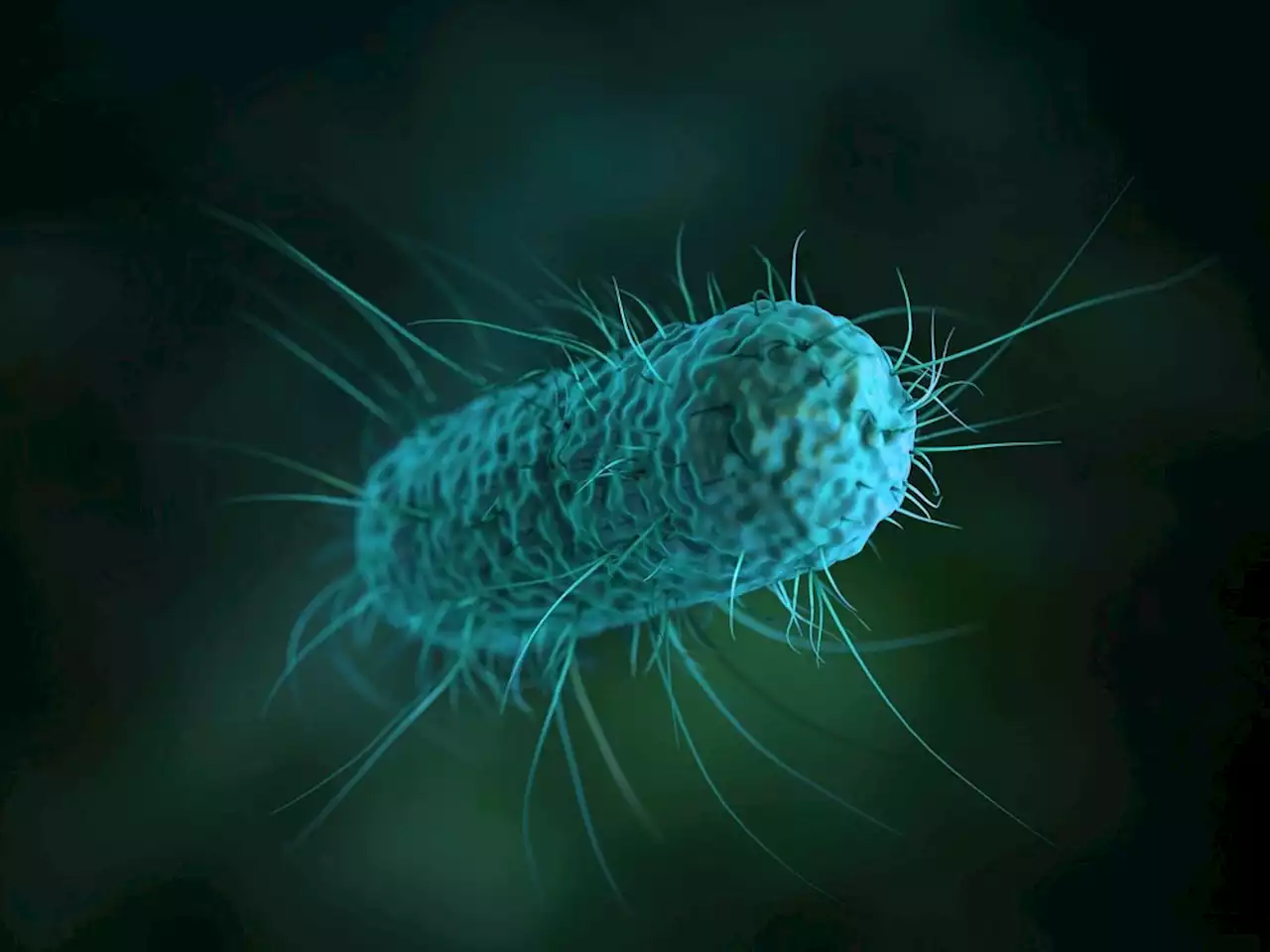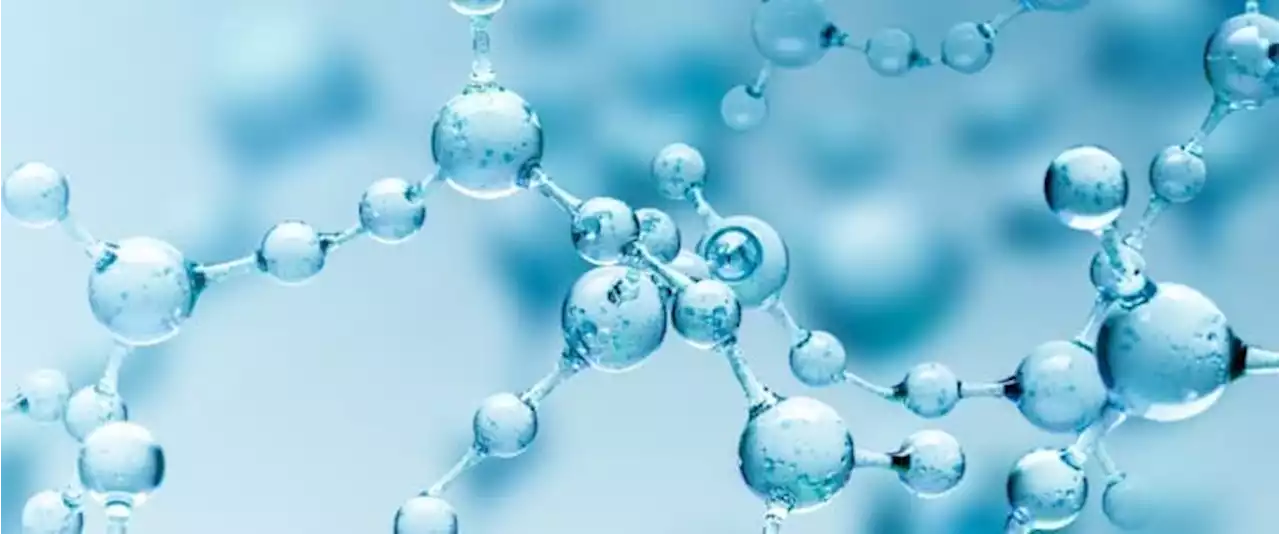Oregon State University has developed a dual-purpose catalyst that cleans water polluted with herbicides while producing hydrogen.
Findings of the study, which explored photoactive catalysts have been published in the journal ACS Catalysis.
Photocatalysts are materials that absorb light to reach a higher energy level and can use that energy to break down organic contaminants through oxidation. Among photocatalysts’ many applications are self-cleaning coatings for stain- and odor-resistant walls, floors, ceilings and furniture. Upon MOFs’ calcination – high heating without melting – semiconducting materials like titanium dioxide can be generated. Titanium dioxide is the most commonly used photocatalyst, and it’s found in the minerals anatase, rutile and brookite.
Stylianou observed, “Only a small percentage of the total amount of PMG applied is taken up by crops, and the rest reaches the environment,” Stylianou said. “That causes concerns regarding the leaching of PMG into soil and groundwater, as well it should – contaminated water can be detrimental to the health of every living thing on the planet. And herbicides leaching into water channels are a primary cause of water pollution.
The collaboration that included graduate student Emmanuel Musa, postdoctoral researcher Sumandeep Kaur and students Trenton Gallagher and Thao Mi Anthony also tested its photocatalyst against water tainted by two other often-used herbicides, glufosinate ammonium and 2,4-dichlorophenoxyacetic acid. It worked on water containing them as well – even water with those two compounds plus PMG.Its quite unusual to see a catalyst that works in dual mode offering two benefits.
France Dernières Nouvelles, France Actualités
Similar News:Vous pouvez également lire des articles d'actualité similaires à celui-ci que nous avons collectés auprès d'autres sources d'information.
 Oysters reintroduction project in Scottish Highlands set to transform area's biodiversity, researchers sayGlenmorangie Distillery is funding the Dornoch Environmental Enhancement Project, which will reintroduce four million oysters to a protected area of the Dornoch Firth.
Oysters reintroduction project in Scottish Highlands set to transform area's biodiversity, researchers sayGlenmorangie Distillery is funding the Dornoch Environmental Enhancement Project, which will reintroduce four million oysters to a protected area of the Dornoch Firth.
Lire la suite »
 COVID-19 activates endogenous retroviruses within our genomeCOVID-19 activates endogenous retroviruses within our genome Coronavirus Disease COVID SARSCoV2 endogenous retroviruses virology biorxivpreprint Cornell DZNE_en uni_tue DBT_inStem
COVID-19 activates endogenous retroviruses within our genomeCOVID-19 activates endogenous retroviruses within our genome Coronavirus Disease COVID SARSCoV2 endogenous retroviruses virology biorxivpreprint Cornell DZNE_en uni_tue DBT_inStem
Lire la suite »
 Global mapping of bushmeat activity to improve zoonotic spillover surveillanceGlobal mapping of bushmeat activity to improve zoonotic spillover surveillance Zoonosis Food InfectiousDisease Meat BushMeat Spillover CDC_NCEZID
Global mapping of bushmeat activity to improve zoonotic spillover surveillanceGlobal mapping of bushmeat activity to improve zoonotic spillover surveillance Zoonosis Food InfectiousDisease Meat BushMeat Spillover CDC_NCEZID
Lire la suite »
 A novel approach for analyzing foodborne zoonotic E. coliA novel approach for analyzing foodborne zoonotic E. coli GWtweets UMich UMNews UofMaryland foodborne zoonotic infection infections genetics ecoli
A novel approach for analyzing foodborne zoonotic E. coliA novel approach for analyzing foodborne zoonotic E. coli GWtweets UMich UMNews UofMaryland foodborne zoonotic infection infections genetics ecoli
Lire la suite »
 Clockwork in cancer: the importance of the circadian rhythm in the formation and progression of tumorsClockwork in cancer: the importance of the circadian rhythm in the formation and progression of tumors TrendsCellBio ETH_en cancer oncology tumor circadianrhythm disease health
Clockwork in cancer: the importance of the circadian rhythm in the formation and progression of tumorsClockwork in cancer: the importance of the circadian rhythm in the formation and progression of tumors TrendsCellBio ETH_en cancer oncology tumor circadianrhythm disease health
Lire la suite »
 An apple a day keeps the doctor away: polyphenol-enriched apples alter immune cell gene expression and fecal microbiota compositionAn apple a day keeps the doctor away: polyphenol-enriched apples alter immune cell gene expression and fecal microbiota composition Nutrients_MDPI AucklandUni otago apple apples food diet health immune genetics
An apple a day keeps the doctor away: polyphenol-enriched apples alter immune cell gene expression and fecal microbiota compositionAn apple a day keeps the doctor away: polyphenol-enriched apples alter immune cell gene expression and fecal microbiota composition Nutrients_MDPI AucklandUni otago apple apples food diet health immune genetics
Lire la suite »
